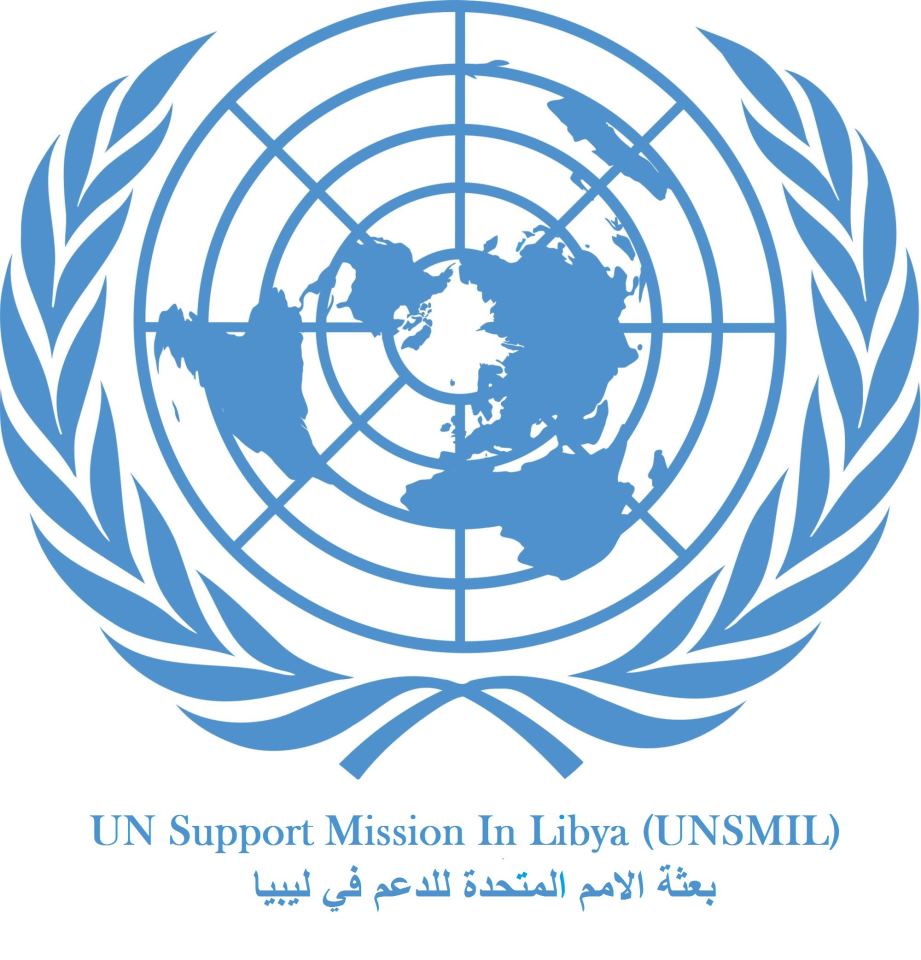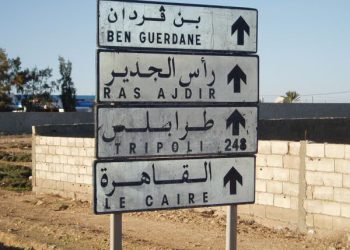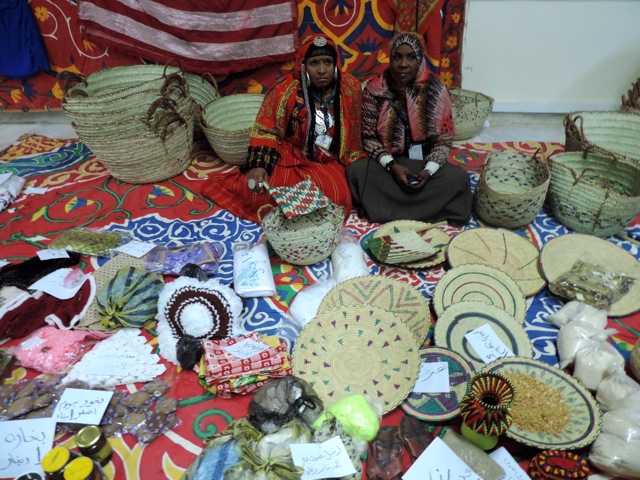By Tom Westcott.
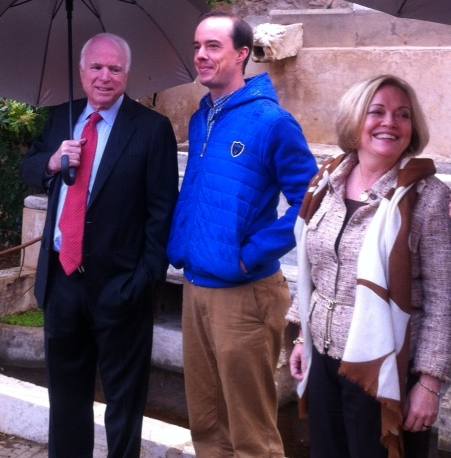
Tripoli, 4 December 2013:
US Senator John McCain’s today visited Tripoli’s Red Castle, which overlooks Martyrs’ Square, where he found . . .[restrict]out more about the USS Philadelphia, an American Navy ship destroyed in the capital’s harbour in 1804.
High on top of the Red Castle is a replica of the mast of the Philadelphia, a monument said to contain fragments of the ship’s original mast. McCain and US Ambassador to Libya Deborah Jones braved the wind and rain while an American academic, Will Raynolds, told them about this piece of American history in Libya.
“Senator McCain wanted to know a lot about the vessel,” Raynolds told the Libya Herald. “He was not very familiar with this part of American-Libyan relations and wanted to find out more about the long history between the two countries.”
During the First Barbary War, one of two wars between the US and the Barbary States of Northwest Africa, the Philadelphia was deployed off the coast of Tripoli but ran aground in October 1803. With the ship under fire, her captain tried to refloat the vessel by any means possible, including sawing off the main mast, a replica of which is now erected on top of the Red Castle. Even this attempt failed and the ship’s crew surrendered.
Concerned that the Philadelphia was in the hands of the enemy, another American vessel pretending to be in distress landed in Tripoli on 16 February 1804. Officers secretly boarded the foundered vessel and set fire to her in the harbour where she lay.
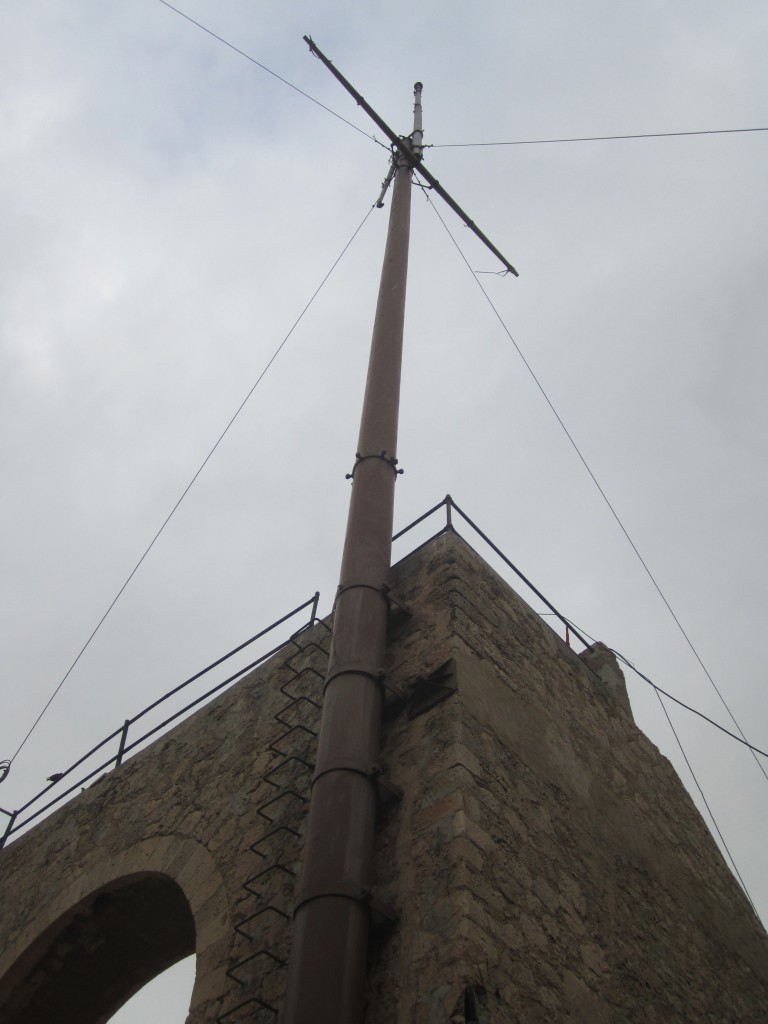
Raynolds said he did not fully understand the mast’s history. “Documents have been lost and so the link is broken,” he said. “I think maybe there’s a piece of the original mast inside this one.”
A trainer from the American Mission from the US Oberin College, Raynolds is working in Tripoli on a joint project with the Department of Antiquities to train young Libyans in documenting and recording archaeological sites. As part of the project, the students are making maps of important sites, for use in discussions with local authorities.
The project, which is funded by the US Ambassador’s Fund for Cultural Preservation, aims to help protect Libya’s heritage. [/restrict]




